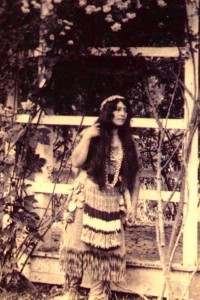ENVIRONMENTAL EDUCATION
WILD BY NATURE’s  intention is to ignite purpose and value in environmental education. From this perspective, we have developed two environmental education models that serve academic standards for teachers and bring students to a new way of looking at how each one fits into this great, big, wonderful world!
intention is to ignite purpose and value in environmental education. From this perspective, we have developed two environmental education models that serve academic standards for teachers and bring students to a new way of looking at how each one fits into this great, big, wonderful world!
WILD BY NATURE offers a successful model from which to build environmental education and eco-tourism in remote and rural areas. Two models are Environmental Education Retreat and Indigenous California Baja Cruise. The retreat was successful in attracting school teachers to earn university credit by learning the natural flow of a healthy eco-system on site. The educational cruise was based on our retreat model. Both environmental education models offer professional development and curriculum-building, while serving as an economic stimulus to local towns and tribes. These models have an extensive reading list and curricula that fulfill state curriculum standards adaptable to every grade level.
In collaboration with our supporting organizations, WILD BY NATURE has designed curriculum with on-site studies in biology, botany, riparian studies, native plant studies, environmental history, environmental policy, indigenous history, Native culture, basketry, art, and language. The learning experience is augmented with activities such as river rafting, coastal sailing, learning on location, environmental sciences, and traditional arts and foods. Whatever natural wonder graces your town, let it be the focal point of your attraction. By celebrating it, you will preserve it.
Many professionals are required to earn university credit in order to maintain their state certification and this model adapts to any profession. Environmental education teaches us that our relationship with Nature is best served if we cooperate rather than dominate. There are four sub-sections to Environmental Education, including Eco-Education Models, Meadows Project, Vernal Pools, and Links. You can visit these pages by clicking on the drop-down menu located at the top of this Environmental Education page.






